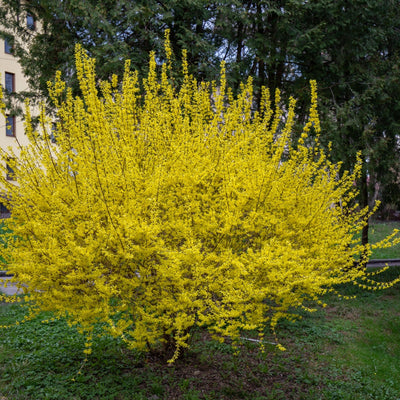Forsythia Plants: The Early Spring Beauty You Need in Your Garden
Forsythia plants are hardy, cold-tolerant shrubs that can grow up to 6 feet tall and develop an average diameter of 3-6 feet. It is native to China but common in North America, Europe, and Japan. The flowers bloom from the end of winter throughout springtime, with yellow or cream-colored bells that give off a sunshiny scent.
The plant proliferates due to its deep roots, and they help develop a lovely crown of foliage that can be seen from miles away, especially in winter when other plants are bare. It does not grow well in areas with extremely high humidity or shade and may suffer from disease if grown in an environment that isn't conducive to growing this plant.
To successfully grow Forsythias, select a spot that gets full sun in the morning and part shade in the afternoon, preferably a location that has moist, well-drained soil. Forsythias are less drought-tolerant than other plants. They prefer dry, sandy soil or loamy soils with good drainage. A good location for a forsythia plant includes a slightly elevated spot along a fence.
Forsythia Plant propagation is slow. You can take stem cuttings in summer and root them in water for about seven days. Then, plant the stems in moist soil or water until roots appear, then plant them directly into the Garden. To grow forsythias from seed, soak the seeds in a bowl of water overnight before sprinkling them onto the soil surface. Keep them moist because they don't do well with too much or too little water.
In the spring, Forsythia plants release a sweet aroma. The long-lasting sweet scent gives forsythia plants specific characteristics. It is usually used to attract bees and butterflies. It also works as a beautiful houseplant that needs little to no care and can make an attractive addition to your home decor.

